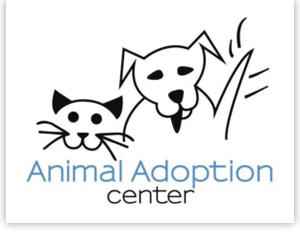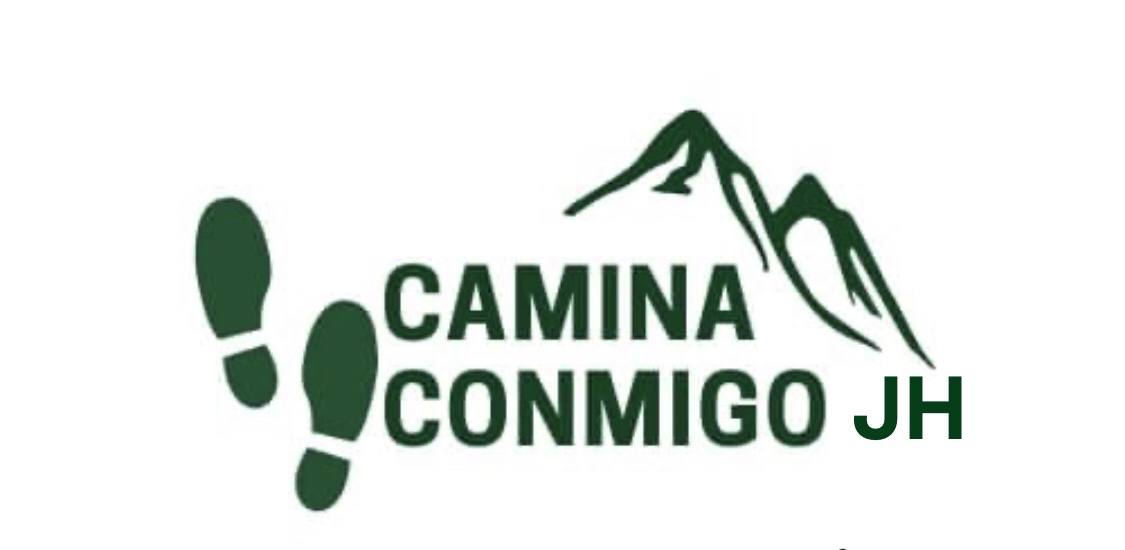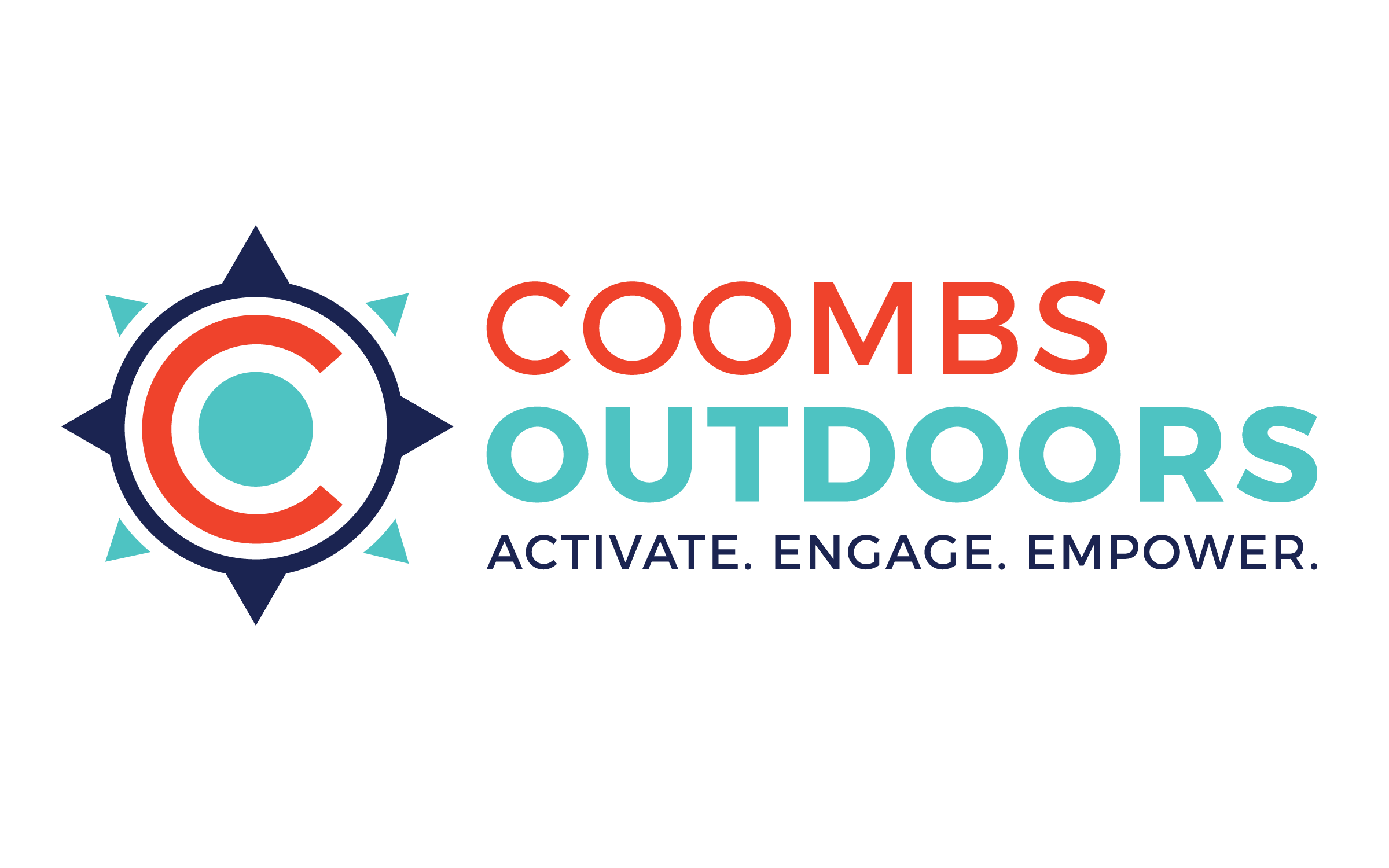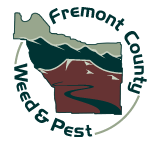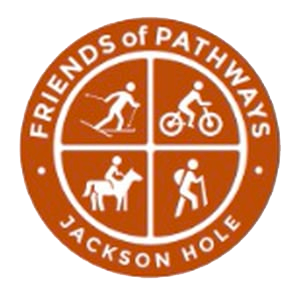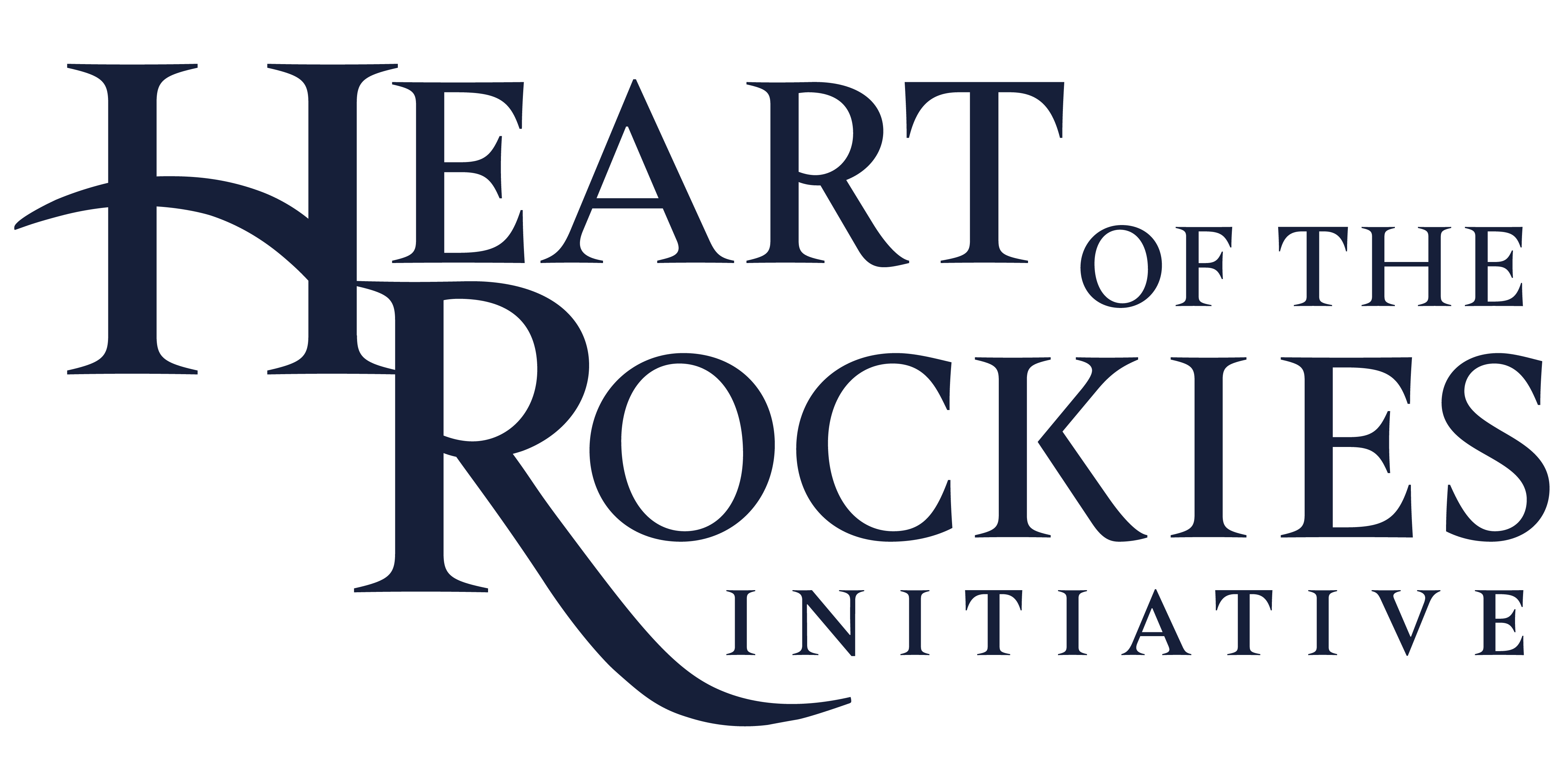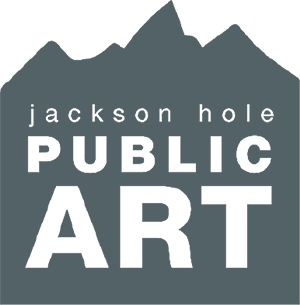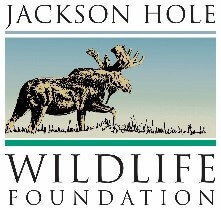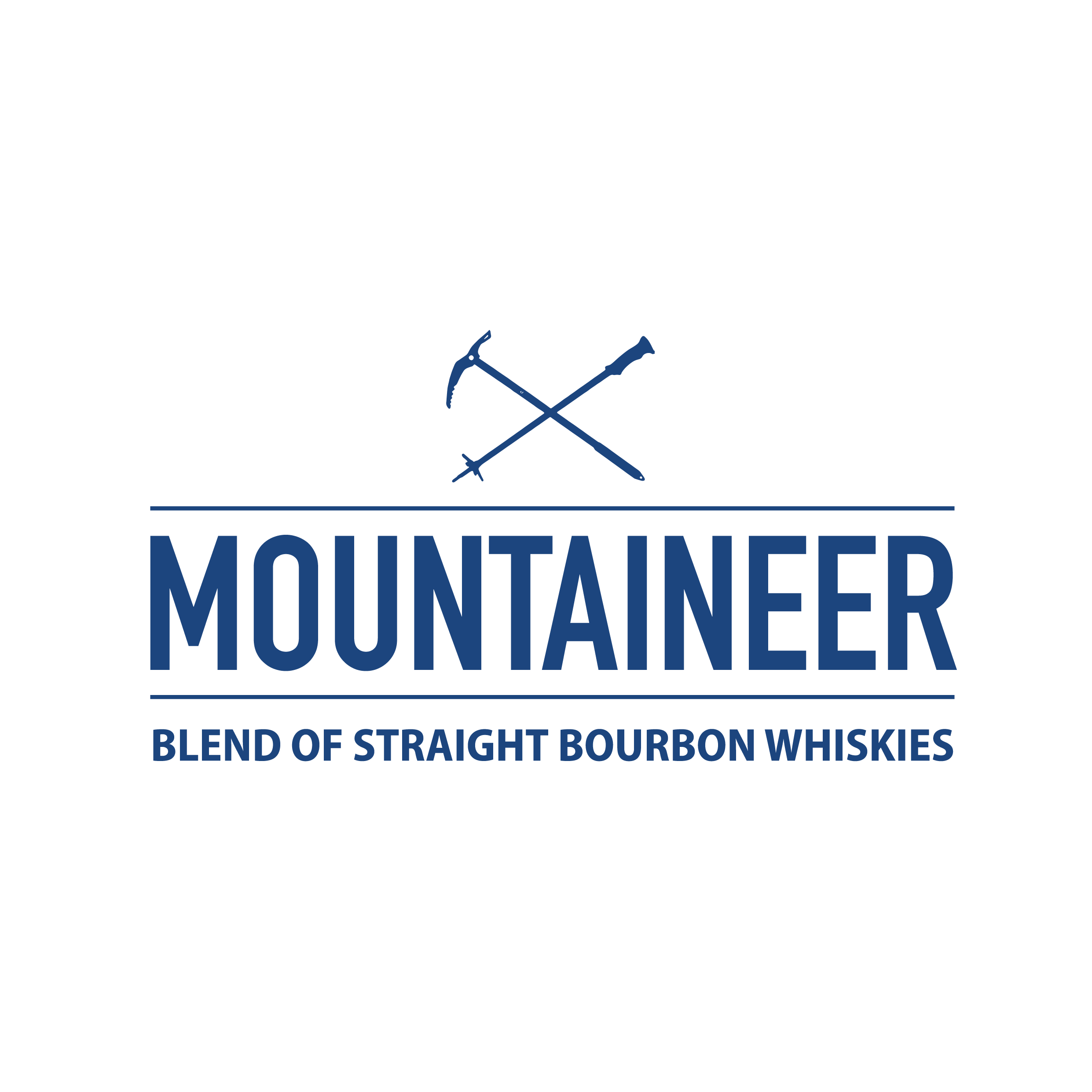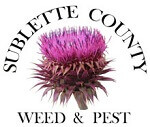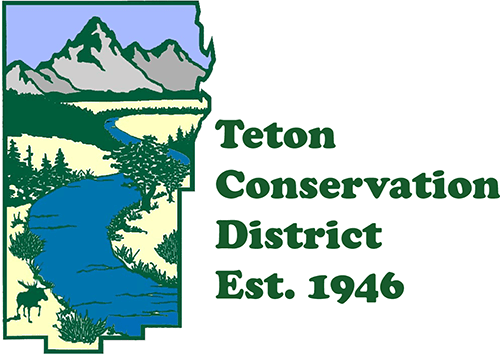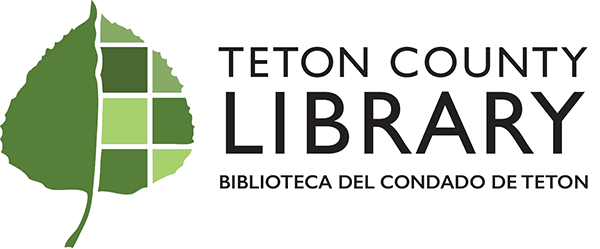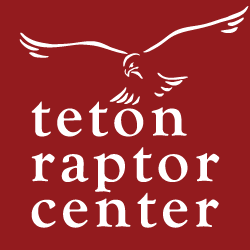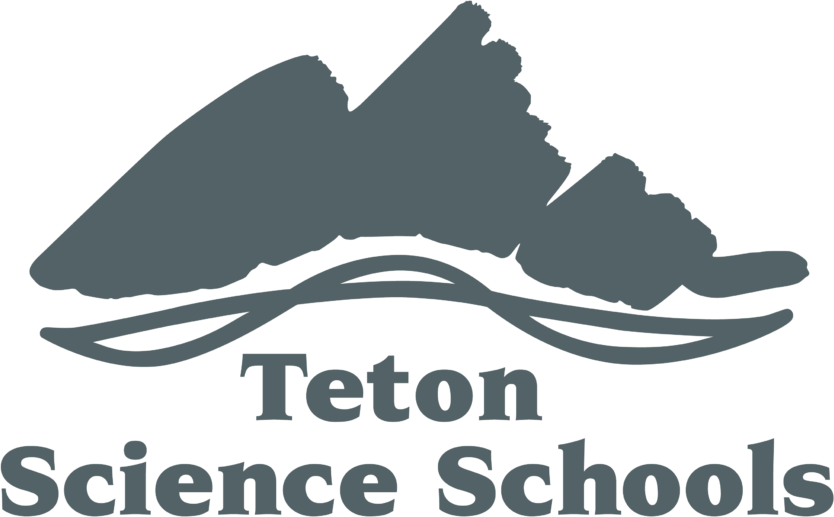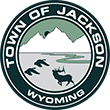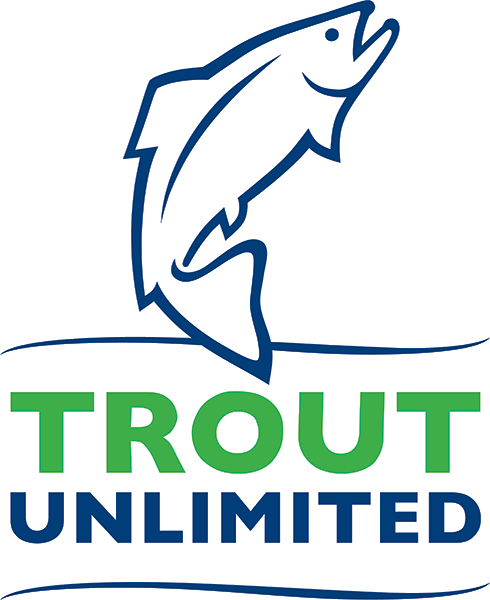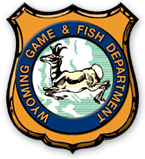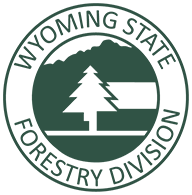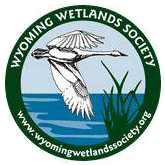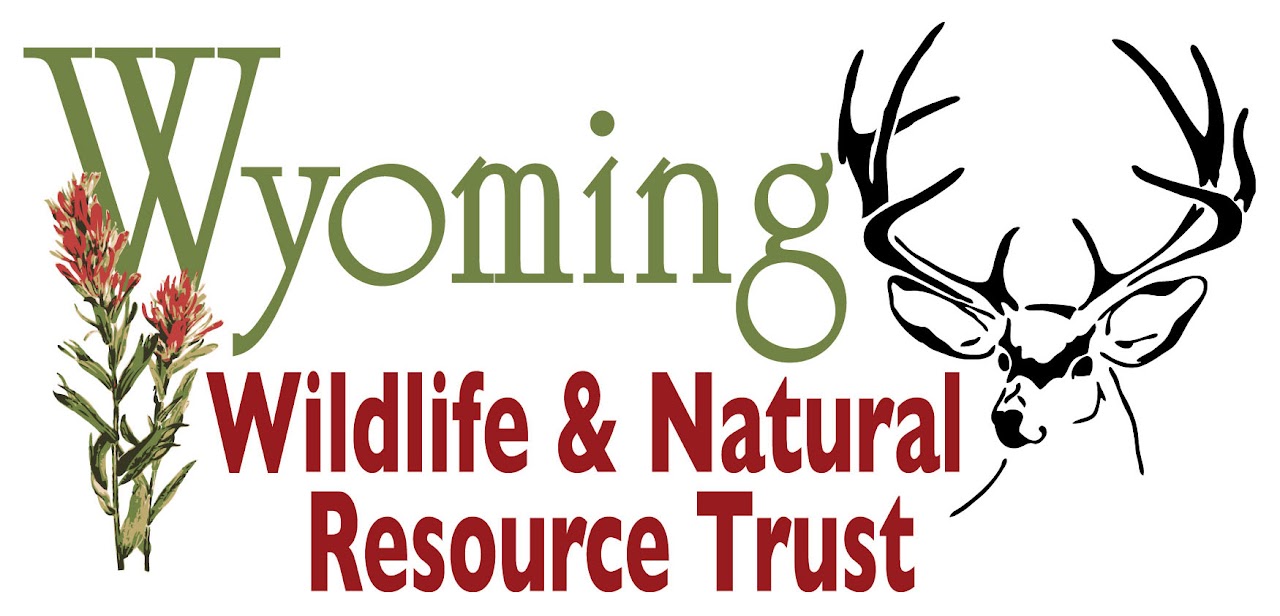
Jackson Hole Resource Hub
Jackson Hole Resource Hub
We partner with landowners to ensure conservation is successful on the ground.
The Jackson Hole Land Trust strives to be a resource for protecting the conservation values of your property. Click through the information below to find out more about partners and programs to assist you in the stewardship of your property.
Weed and Pest Control
Invasive weeds and non-native plants are quick to establish and dominate a landscape, especially in areas of disturbance. Once they have a foothold, noxious weeks and non-native vegetation can run wild, causing cascading impacts that irreparably damage the ecosystem. With vigilance and a little help, we can keep these pesky intruders under control. To learn about available resources, click the linked logo below or contact stewardship staff.
Teton County Weed and Pest
Invasive plant control cost-share, invasive species identification and management consultation.
(307) 733-8419
Teton Conservation District
Invasive species guidance and Weed Warriors volunteer program.
(307) 733-2110
Wyoming Game and Fish
Aquatic Invasive Species guidance.
Chris Wight, AIS Specialist, (307) 733-2321
Jackson Hole Weed Management Association
Collaboration of public and private organizations in the Jackson Hole area coordinating on weed management activities.
(307) 733-8419
Wildfire Mitigation
Wildfires are an undeniable reality for much of the western landscape. For landowners with conservation easements, striking a balance between home-protection and retaining the ecological integrity their conservation properties can be challenging. If you’re interested in performing mitigation on your property or learning more about available resources, click on the links below and contact our stewardship staff when you’re ready to implement.
Teton Conservation District
Wildfire Risk Reduction Program
Rob Sgroi, Land Resources Specialist, (307) 733-2110
WY State Forestry
Private lands assistance on fuel reduction, wildfire mitigation grants, wildfire concerns, Forest Stewardship Plans, and more.
Nate Wilson, District 4 Assistant Forester, (307) 367-2119, nate.wilson@wyo.gov
Teton Interagency Fire
US Forest Service recommended links and information for wildfire prevention and preparedness in Western Wyoming.
Teton Area Wildfire Protection Coalition
Affiliated with the Teton County wildland urban interface, the TAWPC provides educational resources, programs, and classes for homeowners looking to learn more about living in wildfire risk areas.
Cal Fire
Resources on wildfire preparedness, prevention, recovery, and resiliency.
Wildfire Risk to Communities
US Forest Service resources on wildfire resistant building and landscaping, land use planning, evacuation and readiness, and more.
Forestry
Forests are ecologically and culturally significant environments in the West. Keeping them in good health can involve managing disease, treating pests, and mitigating wildfires. Please visit the links below to learn more about available local and statewide resources or contact the stewardship for help with conservation properties.
Wyoming State Forestry
Private lands assistance on fuel reduction, forest health management recommendations, wildfire concerns, Forest Stewardship Plans, and more.
Nate Wilson, District 4 Assistant Forester, (307) 367-2119, nate.wilson@wyo.gov
Teton Conservation District
Forestry management guidance and consultation.
Robb Sgroi, Land Resources Specialist, (307) 733-2110
Beyond Bark Beetles
10 short films discussing the bark beetle outbreak produced as a collaboration by the University of Wyoming Ruckelshaus Institute of Environment and Natural Resources and the Medicine Blow and Routt National Forests
Habitat Enhancement
Restoring degraded terrestrial or riparian environments create more resilient landscapes that many fish and wildlife species depend on and benefits agricultural uses and operations. A variety of agencies offer resources and cost-share programs for landowners interested in implementing habitat enhancements that also advance property conservation values. Visit the links below to learn more and contact the stewardship team for help understanding how proposed projects can interface with JHLT easements.
Farm Bill Programs
USDA NRCS -Afton Service Center
Conservation Technical Assistance (CTAs), Environmental Quality Incentives Program (EQIP), Conservation Stewardship Program (CSP), Emergency Watershed Program (EWP), and more.
Adam Clark, District Conservationist, (307) 266-3037
Terrestrial Habitat
Teton Conservation District
Wildlife and vegetation data collection, native vegetation and habitat management guidance and cost-share. Also see TCD’s Partners in Conservation grant and Conservation Planting Program.
Morgan Graham, GIS & Wildlife Specialist, (307) 733-2110
USFWS Partners for Fish and Wildlife
Mechanical vegetation treatments and reseeding on private lands.
Dave Kimble, Southwest WY PFW Biologist, (307) 413-4992, David_Kimble@fws.gov
Wyoming Game and Fish
Wildlife and habitat management guidance and resources.
Aly Courtemanch, Jackson Wildlife Biologist, (307) 733-2321
Aquatic Habitat
Wyoming Game and Fish
Aquatic habitat enhancement and management guidance, assistance, and cost-sharing.
Holden Reinert, Aquatic Habitat Biologist, (307) 733-2321
Teton Conservation District
Small Water Project Program, water improvement projects, and wetland management guidance.
USFWS Partners for Fish and Wildlife
Private land natural wetland restoration, artificial wetland enhancement, in-stream habitat improvement, fish barrier removal/irrigation infrastructure rehabilitation, riparian fencing, and off-stream livestock water developments.
Dave Kimble, Southwest WY PFW Biologist, (307) 413-4992, David_Kimble@fws.gov
Trout Unlimited
Assistance and cost-share on stream, creek, river, and fisheries management and restoration.
Leslie Stein, TU NW Wyoming Program Director, (307) 699-1022, leslie.steen@tu.org
Ducks Unlimited
Restoration, development, and technical assistance on all wetland types, flood irrigation infrastructure maintenance, headgate work, and more.
Tom Peterson, (308) 218-8160, tpeterson@ducks.org
Intermountain West Joint Venture
Scientific/technical guidance and resources for water challenges and aquatic habitats.
Mariah McIntosh, Science to Implementation Specialist, mariah.mcintosh@iwjv.org
Wet Meadow Restoration
Working Lands for Wildlife
NRCS Sage Grouse Initiative’s Mesic Habitat Conservation Strategy detailing wet meadow management practices and why mesic habitats are important for agriculture and wildlife.
Beaver Dam Analogs
Information from the Beaver Institute detailing how Beaver Dam Analogs (BDAs) are used for stream and wet meadow restoration.
Zeedyk Structure Workshop
Free workshop videos detailing Zeedyk rock structures; how they work, how to install them, and what their benefits are for rangelands. Also, see the Erosion Control Field Guide.
Wet Meadow Restoration Techniques
Short, easy-to-follow videos on the importance of mesic habitats, how erosion affects wet meadows, and how to install Zeedyk structures. Filmed at the Bar Cross Ranch conservation easement in Cora, WY.
Success Stories
Upper Green River Chapter of Trout Unlimited in partnership with a local landowner replaced a dysfunctional dam and fish barrier in Pine Creek with a fish-friendly option that also meets the needs of the adjacent working lands.
The River Bend Ranch, along the Hoback River, partnered with Trout Unlimited and the Wyoming Game and Fish to replace two push-up damns with a single rock diversion and headgate structure.
Water Resources
Water conservation and management is a critical component of private lands stewardship in Northwest Wyoming with impacts rippling up and downstream. To learn more or find funding opportunities for irrigation infrastructure improvements or agricultural practices, please click below or contact our stewardship staff.
USDA NRCS -Afton Service Center
Conservation Technical Assistance (CTAs), Environmental Quality Incentives Program (EQIP), Conservation Stewardship Program (CSP), Emergency Watershed Program (EWP), and more.
Adam Clark, District Conservationist, (307) 266-3037
Wyoming Game and Fish
River Restoration and Fish Passage Funding Sources
Teton Conservation District
Water resources information and the protection, improvement, and management of water resources, including Water Improvement Projects and the Small Water Projects Program.
David Lee, Water Resources Specialist, (307) 733-2110
Protect Our Water Jackson Hole
Best management practices for nutrient pollution in the watershed.
Trout Unlimited
River restoration, fish passage, and irrigation infrastructure improvement, project management, technical assistance, and funding.
“This Floating Armor Against Evaporation Can Reduce Water Loss by 90 Percent”
An article from On Land produced by the Western Landowners Alliance.
“Drying Out: Dealing with Megadrought in the West”
A special issue of On Land, published by the Western Landowners Alliance.
Success Stories
The River Bend Ranch, along the Hoback River, partnered with Trout Unlimited and the Wyoming Game and Fish to replace two push-up dams with a single rock diversion and headgate structure.
Rangeland Management
Healthy rangelands are the foundation of Wyoming’s ranching tradition and are critical landscapes for many of our wildlife populations. Through dedicated partnerships and sustainable management, we can ensure their continued health into future. For programs, resources, and financial assistance, please click on the links below or contact the stewardship team for more information.
USDA NRCS -Afton Service Center
Conservation Technical Assistance (CTAs), Environmental Quality Incentives Program (EQIP), Conservation Stewardship Program (CSP), Emergency Watershed Program (EWP), and more.
Adam Clark, District Conservationist, (307) 226-3037, Adam.P.Clark@usda.gov
University of Wyoming Extension
One on one landowner guidance: grazing on private and public lands, land improvements, pasture reclamation, wildfire recovery, in-person programming and classes, invasive species management, larkspur poisoning.
Barton Stam, (307) 864-3421, brstam@uwyo.edu
Teton Conservation District Land Program
Robb Sgroi, Land Resource Specialist
(307) 733-2110
Global Rangelands YouTube Channel
Short videos covering a variety of land management topics and practices as they relate to rangelands.
Stock Tank Ladder Plans
The Bird Conservancy of the Rockies provides free plans to construct a wildlife escape ladder specifically for stock tanks.
“This Floating Armor Against Evaporation Can Reduce Water Loss by 90 Percent”
An article from On Land produced by the Western Landowners Alliance.
Gardening and Horticulture
Gardening in Northwest Wyoming is both a challenge and a rewarding way to connect with your property and community through local foodways and farmer’s markets. Whether your objective is food sovereignty, a side hustle at the local market, or a relaxing way to unwind outside, there are resources to help. Please visit one of our partner programs through the links below or contact the stewardship staff for more information.
Slow Food in the Tetons
Community garden, peoples market, classes and more.
tetonslowfood@gmail.com
Teton Botanical Garden
Farm to school, upcoming botanical garden, and more.
(307) 734-9235
info@tetonbotanicalgarden.org
Teton Conservation District
Native Plants and Trout Friendly Practices.
(307) 733-2110
USDA NRCS – Afton Service Center
Additional programs and resources: Adam Clark, District Conservationist
High tunnel systems, hoop houses
(307) 226-3037
University of Wyoming Extension – Plant Disease Diagnostic Clinic
William Stump, Plant Pathologist
Download forms to submit via email or mail in physical samples.
(307) 766-2062
University of Wyoming Extension – Master Gardener Program
Christ Hilgert, Coordinator
chilgert@uwyo.edu
Jackson Hole Farmer’s Market
Saturday’s, 8:00 am – 12:00 pm. For details or more information, including how to become a vendor or sponsor, please contact jhfmts@gmail.com or visit website.
University of Wyoming Extension – Yard and Garden
Videos, bulletins, and upcoming programs related to gardening and landscaping in Wyoming’s unique climate.
Wildlife Friendly Fencing
Fencing is a necessary component of most properties in Northwest Wyoming and one that can pose a significant challenge to wildlife movements. Ongoing repairs from wildlife entanglements and attempted passage can be time consuming and costly. By modifying existing or constructing new fences to accomodate wildlife, landowners can reduce maintenance and upkeep while contributing to the health of wild game and bird populations. Certain properties may qualify for assistance, so please click on the links below or contact stewardship staff to learn more.
A Wyoming Landowner’s Handbook to Fences and Wildlife: Practical Tips for Fencing with Wildlife in Mind
Produced by the Wyoming Wildlife Foundation
Jackson Hole Wildlife Foundation
Wildlife Friendlier Fences Program
Kyle Kissock, (307) 739-0968, kyle@jhwildlife.org
USDA NRCS – Afton Service Center
EQIP fencing programs.
Adam Clark, District Conservationist, (307) 226-3037, Adam.P.Clark@usda.gov
Livestock – Wildlife Conflict Mitigation
Ranching and working in Northwest Wyoming means coexisting with wildlife when habitat and grazing lands intersect. While unarguably a difficult task, there are programs, resources, and cost-shares available to landowners looking for assistance. Please click on one of the links below or connect with a stewardship staff to learn more.
Defenders of Wildlife: Rocky Mountains and Great Plains Region
Guidance and cost-share on non-lethal coexistence with wildlife and electric fence incentives.
Katie Schneider, Rockies and Great Plains Program Coordinator, (303) 825-0918, rockiesregion@defenders.org
Western Landowners Alliance
Resources and guidance on livestock-wildlife conflicts and solutions for working lands.
Bre Owens, Stewardship Program Manager, bre@westernlandowners.org
Reducing Conflict with Grizzly Bears, Wolves and Elk: A Western Landowner’s Guide
Produced by the Western Landowners Alliance.
Livestock and Wolves: A Guide to Nonlethal Tools and Methods to Reduce Conflicts
Produced by Defenders for Wildlife.
Community Stewardship, Science & Education
Community engagement, education, and connection are vital for landscape-scale stewardship and can provide critical insight for relevant management and policies, especially when harnessed into citizen science initiatives. Please click on one of the links below or contact stewardship staff to find out how you can get involved.
Wyoming BioBlitz
Amy Lorenz, Regional Coordinator
amy.lorenz@tetonscience.org
Jackson Hole Wildlife Foundation
Nature Mapping & volunteer opportunities
(307) 739-0968
Neighbors to Nature: Cache Creek Study
Help identify wildlife in game cam images near Cache Creek trails to improve the area for wildlife and people.
Wildflower Watch
Learn to observe and document phenological data with The Nature Conservancy scientists to understand how climate change locally impacts the timing of plants flowering and fruiting along several popular hiking trails near Jackson.
*Disclaimer – Please be aware of State laws (W.S. 6-3-414, Trespassing to Unlawfully Collect Resource Data) as they pertain data collection on private property and always obtain landowner permission prior to entering, crossing or collecting data from any private lands.
Cultural Heritage and Archaeology
Northwest Wyoming has a rich, cultural landscape with significant ties to contemporary Native nations and the history of the American West. If you’re interested in learning more about the unique history of your property and the significance of potential archaeological sites, please visit the links below or contact JHLT Land Steward and Cultural Resource Specialist, Carlie Ideker.
Wyoming Archaeological Society
Mavis Greer, President
mavis@greerservices.com
Office of the Wyoming State Archaeologist
Dr. Spencer Pelton, State Archaeologist
Wyoming State Archaeologist YouTube Channel
Educational and archaeological videos discussing Wyoming’s human past.
Wyoming Association of Professional Archaeologists YouTube Channel
Recorded webinars of past invited WAPA speakers.
-

Animal Adoption Center
-

Art Association of Jackson Hole
-

Becoming Jackson Whole
-

Camina Conmigo
-
Community Foundation of Jackson Hole
-

Coombs Outdoors
-

Ducks Unlimited
-

Fremont County Weed & Pest
-

Friends of Pathways
-

Grand Teton Music Festival
-

Heart of the Rockies Initiative
-

Jackson Hole Children’s Museum
-

Knobloch Family Foundation
-

Jackson Hole Clean Water Coalition
-

Jackson Hole Farmer’s Market
-

Jackson Hole One Fly
-

Jackson Hole Public Art
-

Jackson Hole Wildlife Foundation
-

Mountaineer Spirits
-

PAWS
-

St. Johns Health
-

Sublette County Conservation District
-

Sublette County Weed and Pest
-

Swiftwater Safety Institute
-

Teton Conservation District
-

Teton County Library
-

Teton County Parks & Recreation
-

Teton County Weed and Pest District
-

Teton Raptor Center
-

Teton Science Schools
-
The Nature Conservancy
-

Town of Jackson
-

Trout Unlimited
-
US Fish and Wildlife Service
-

Western Landowners Alliance
-

Wild Common Spirits
-

Wind River Brewing Company
-

WYDOT
-

Wyoming Game and Fish Department
-

Wyoming State Forestry
-

Wyoming Wetlands Society
-

Wyoming Whiskey
-

Wyoming Wildlife Federation
-

Wyoming Wildlife and Natural Resource Trust
